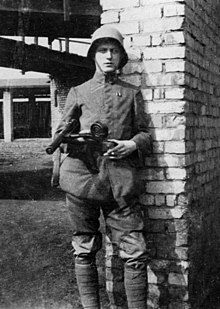 the Benbros set is obviously one that you will want to get for its own sake but I know nothing of the firm or where they were, I think maybe North London but thats just a guess.
the Benbros set is obviously one that you will want to get for its own sake but I know nothing of the firm or where they were, I think maybe North London but thats just a guess.He’s the subject of endless books, films and television series telling versions of a tale that’s known across the world. Errol Flynn, Kevin Costner, Russell Crowe and even a cartoon fox are among the ranks of those to have played him on celluloid, and the names of his consort Maid Marian and of his Merry Men – Little John, Will Scarlet and Friar Tuck - are familiar to millions. Who is he? Robin Hood, of course.
It’s rare for an individual to become so engrained in popular culture centuries after the stories about him were first told – still more so for such a figure to have so strong a grip on the imagination that he has become a major marketing tool for a city (Nottingham) and even has an airport is named after him (Robin Hood Airport, serving Doncaster and Sheffield).
The origin of the tales is in the oral tradition and seems to go back to at least the 13th century. Charlotte Dahlgaard notes a reference to William Wallace as the Scottish Robin Hood in 1304 and Ian Mortimer records a reference in the work of William Langland (1377) to a man who knows the tales of Robin Hood. Both of these imply that the story was widely known by then, even though they weren’t available in written form until the following century (Mortimer).
 timpo
timpo











 ear Inverness.
ear Inverness. 



























